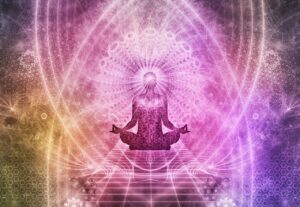Effective EFT Tapping: How to Get Better Results

Emotional Freedom Techniques (or EFT for short), often called “Tapping,” is a gentle, hands-on method that helps ease emotional and psychological stress. It involves lightly tapping on specific points on the body—called meridian points—while tuning into whatever you’re feeling in the moment.
It’s simple, effective, and something just about anyone can try. While tapping has helped countless people shift everything from everyday stress to deeper emotional patterns, there are a few common misunderstandings that can trip people up, especially when it comes to tuning into their emotions.
Read More »Effective EFT Tapping: How to Get Better Results


